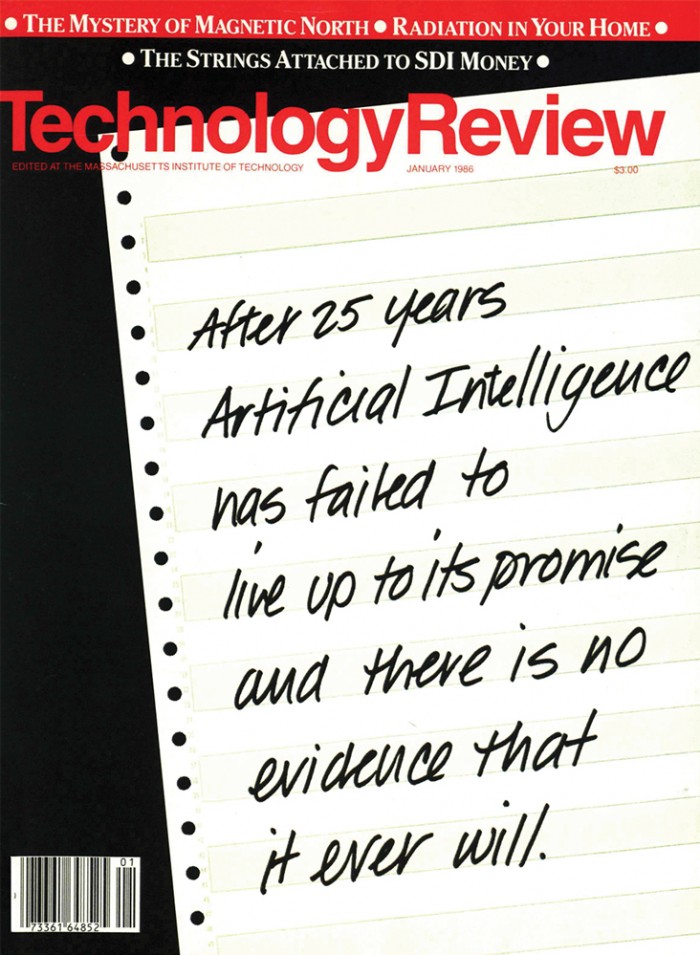Communication Breakdown
"Computers will not be first-rate teachers unless researchers can solve four basic problems: how to get machines to talk, to listen, to know, and to coach. ‘We speak as part of our humanness, instinctively, on the basis of past experience,’ wrote Patrick Suppes of Stanford University, one of the pioneers in computer--aided instruction, in a 1966 Scientific American article. ‘But to get a computer to talk appropriately, we need an explicit theory of talking.’

Unfortunately, there is no such theory, and if our analysis of human intelligence is correct, there never will be. The same holds true for the problem of getting computers to listen. Continuous speech recognition seems to be a skill that resists decomposition into features and rules. What we hear does not always correspond to the features of the sound stream. Depending on the context and our expectations, we hear a stream of sound as ‘I scream,’ or ‘ice cream.’ We assign the space or pause in one of two places, although there is no pause in the sound stream. One expert came up with a sentence that illustrates the different ways we can hear the same stream of sound: ‘It isn’t easy to wreck a nice beach.’ (Try reading that sentence out loud.)
At this point the reader may reasonably ask: If computers used as logic machines cannot attain the skill level of expert human beings, then why doesn’t the public know that? The answer is that AI researchers have a great deal at stake in making it appear that their science and its engineering offspring are on solid ground. They will do whatever is required to preserve this image.”
Excerpted from “Why Computers May Never Think like People,” by Hubert and Stuart Dreyfus, brothers and coauthors of the book Mind Over Machine, in the January 1986 issue of Technology Review.
Keep Reading
Most Popular
Large language models can do jaw-dropping things. But nobody knows exactly why.
And that's a problem. Figuring it out is one of the biggest scientific puzzles of our time and a crucial step towards controlling more powerful future models.
The problem with plug-in hybrids? Their drivers.
Plug-in hybrids are often sold as a transition to EVs, but new data from Europe shows we’re still underestimating the emissions they produce.
How scientists traced a mysterious covid case back to six toilets
When wastewater surveillance turns into a hunt for a single infected individual, the ethics get tricky.
Google DeepMind’s new generative model makes Super Mario–like games from scratch
Genie learns how to control games by watching hours and hours of video. It could help train next-gen robots too.
Stay connected
Get the latest updates from
MIT Technology Review
Discover special offers, top stories, upcoming events, and more.